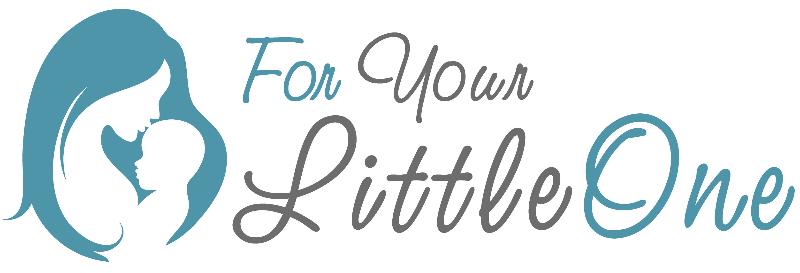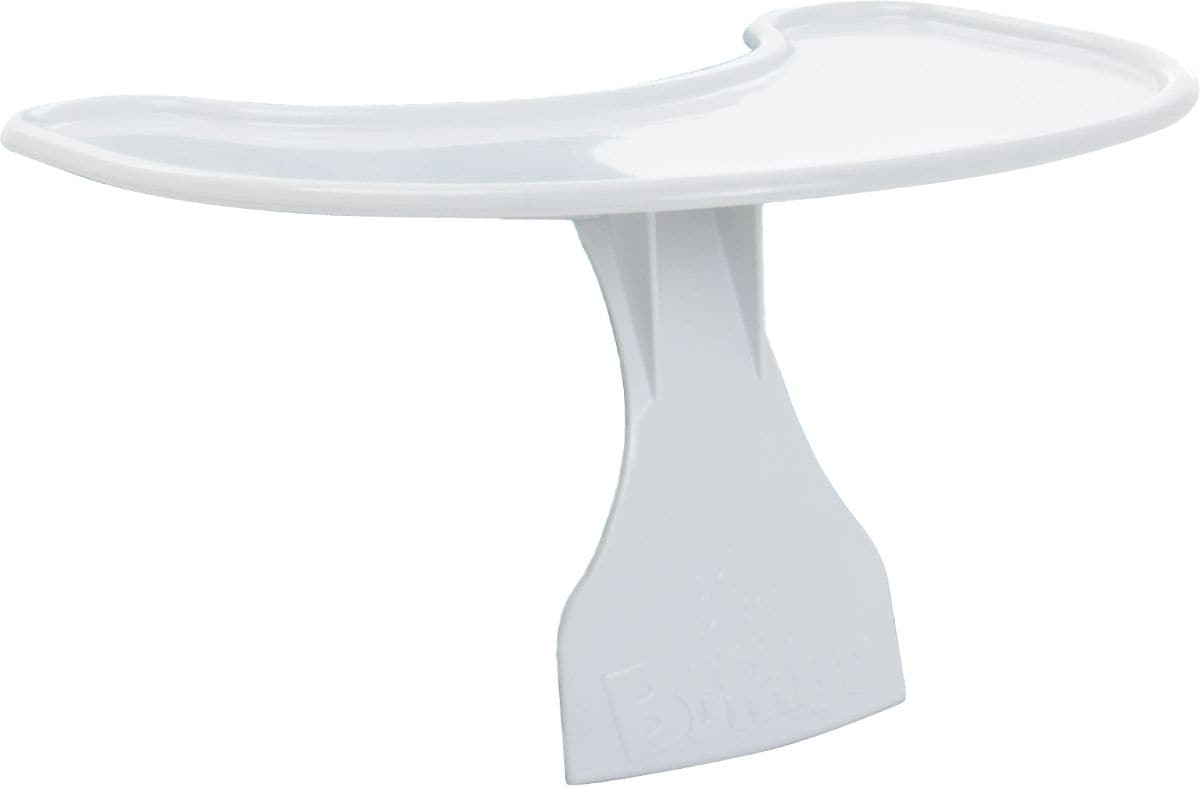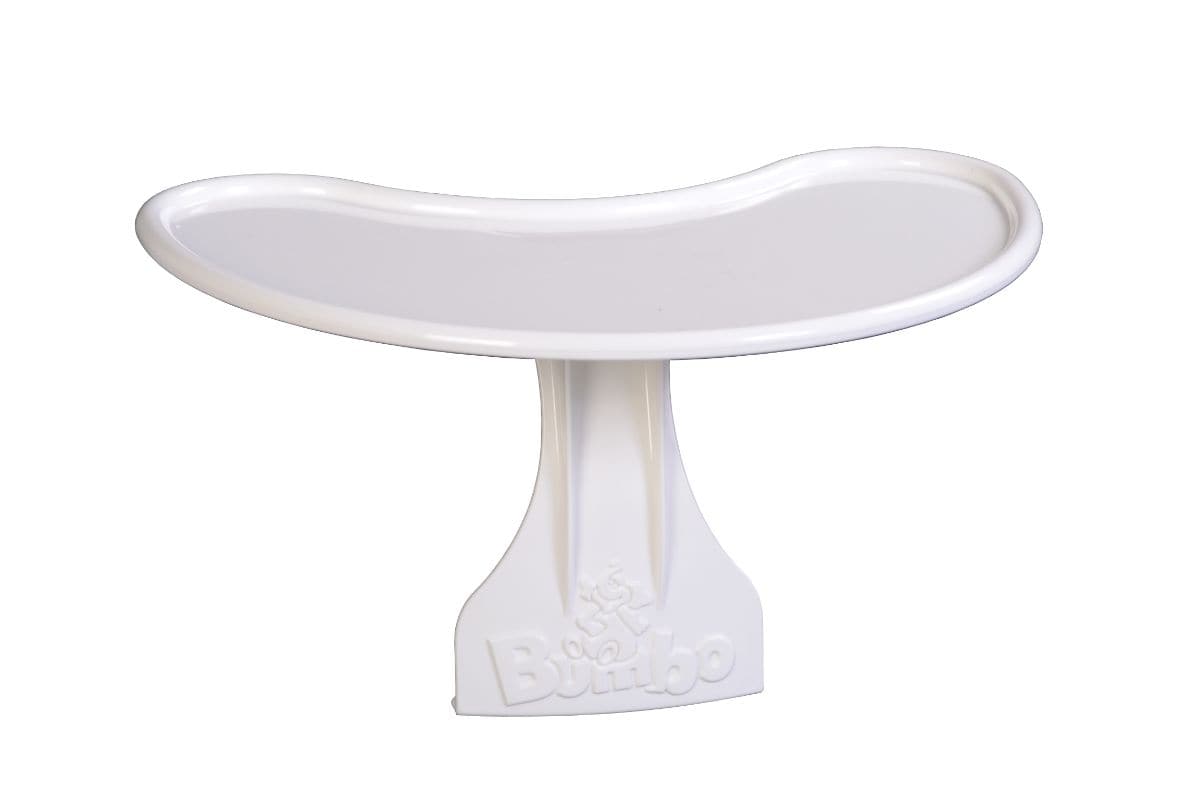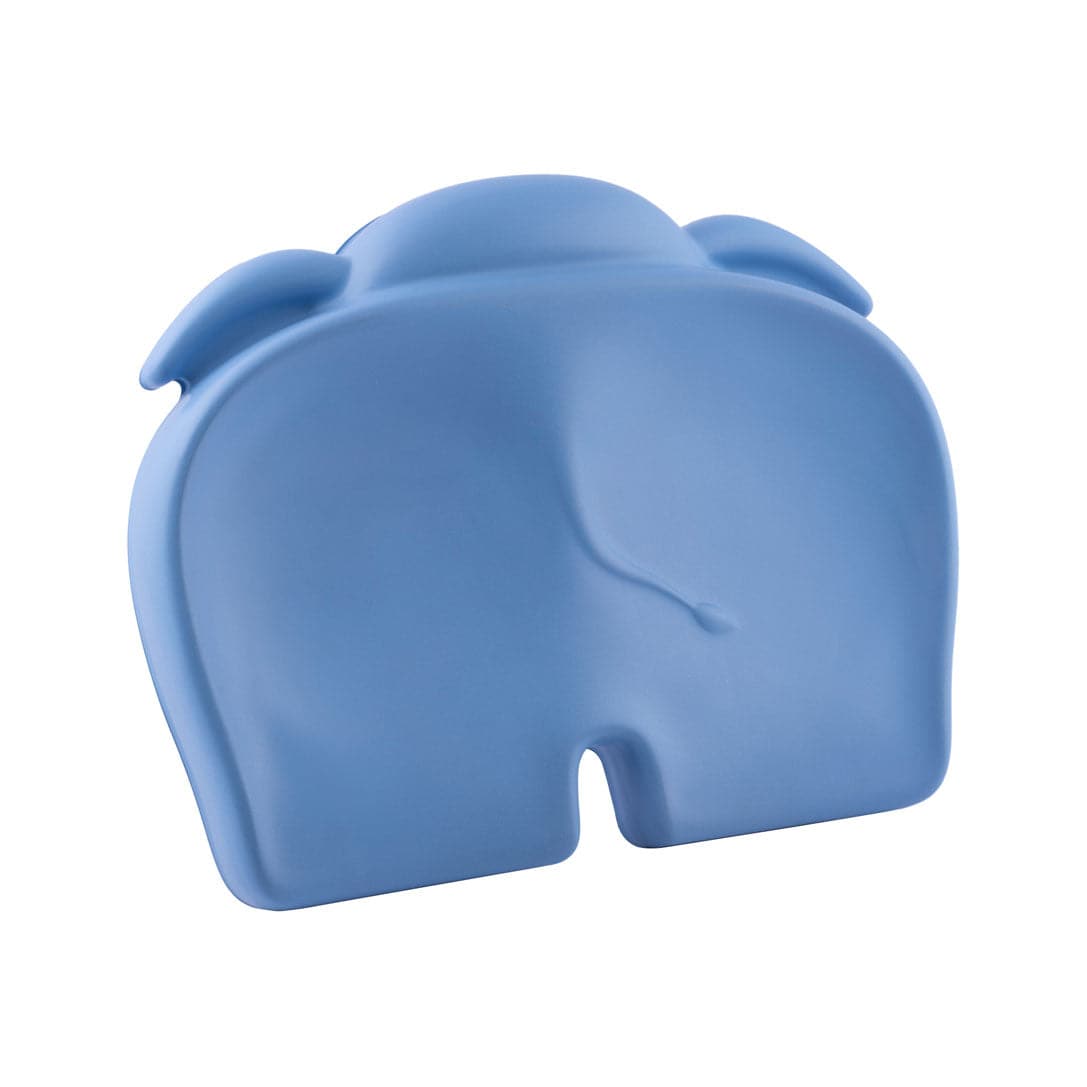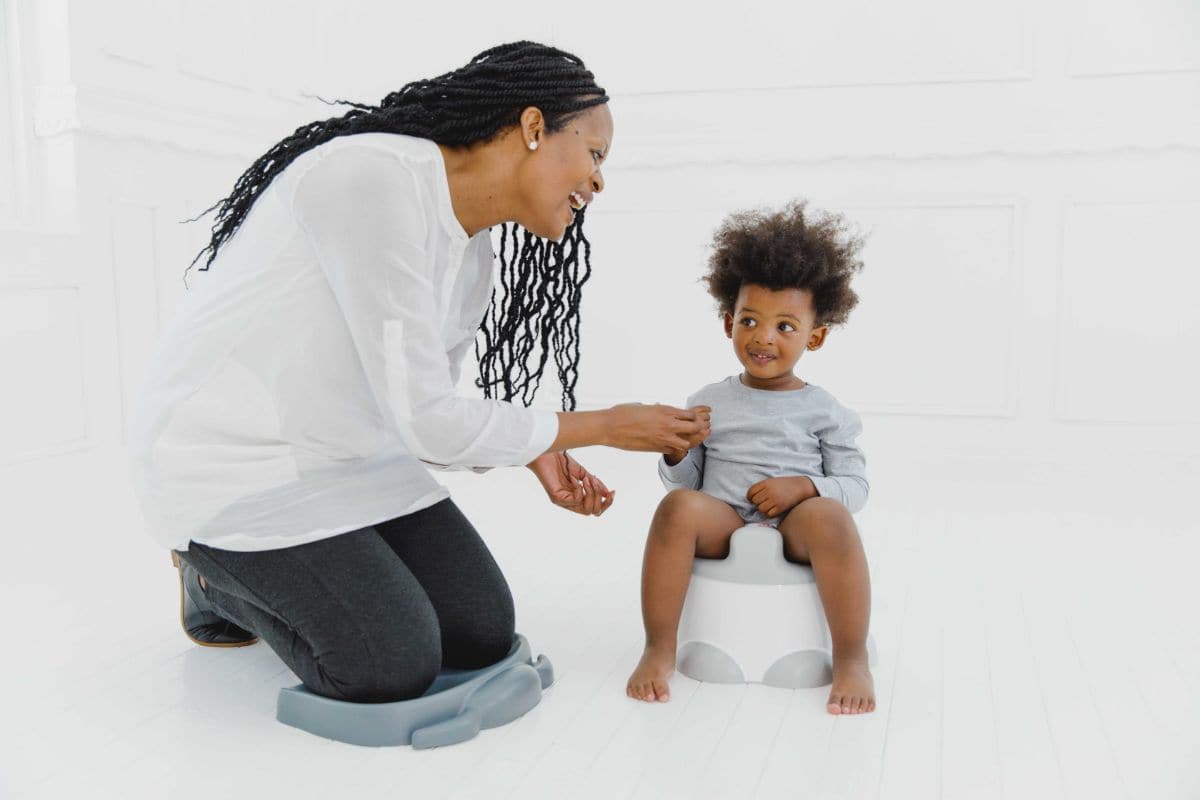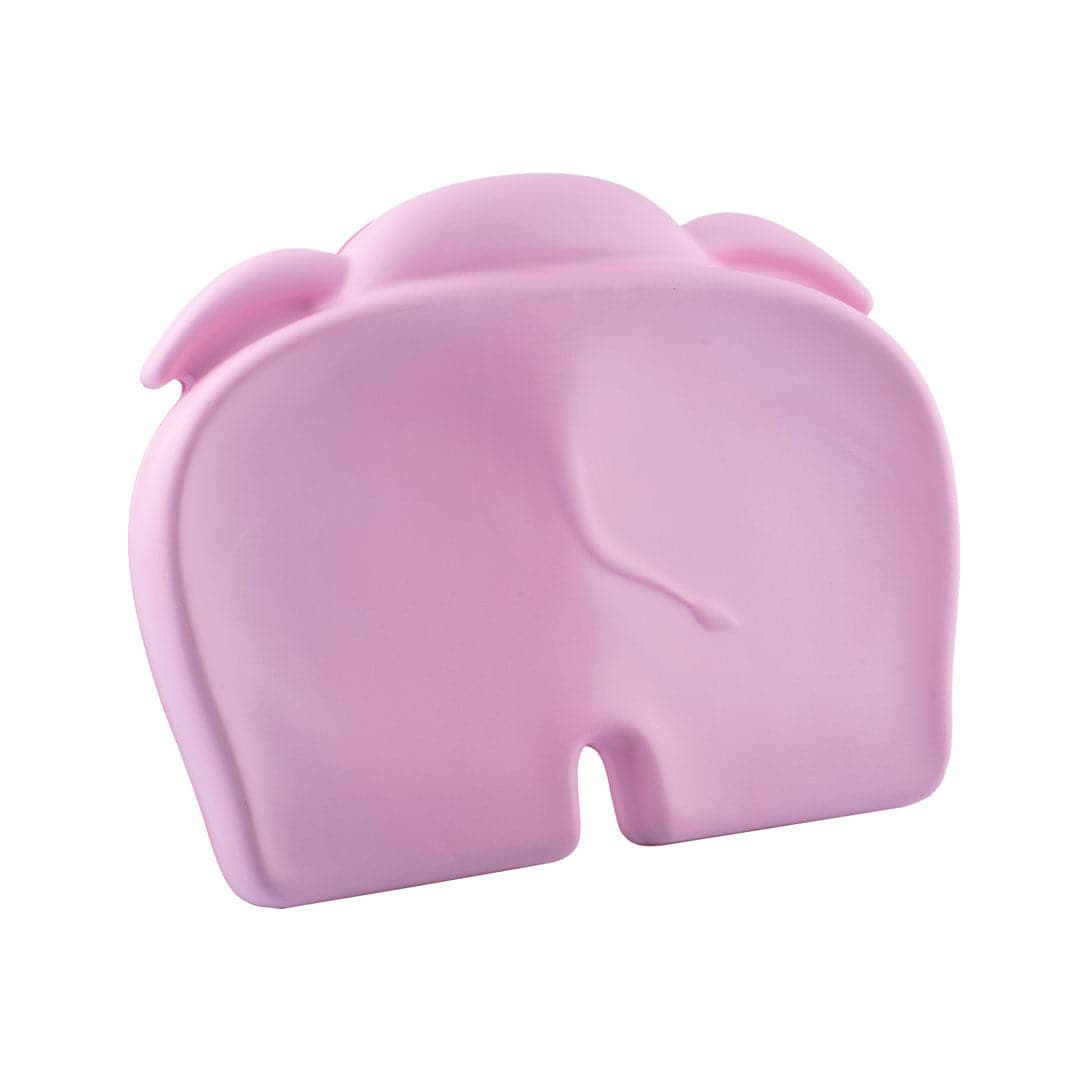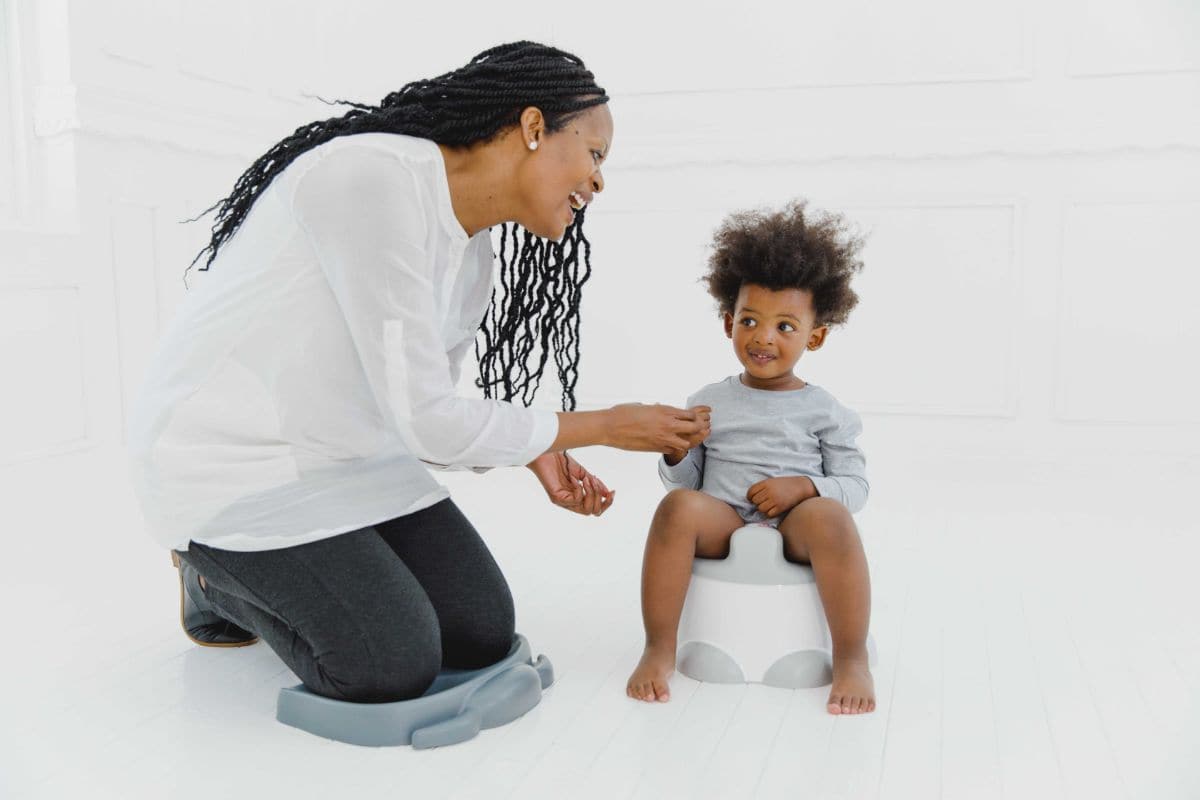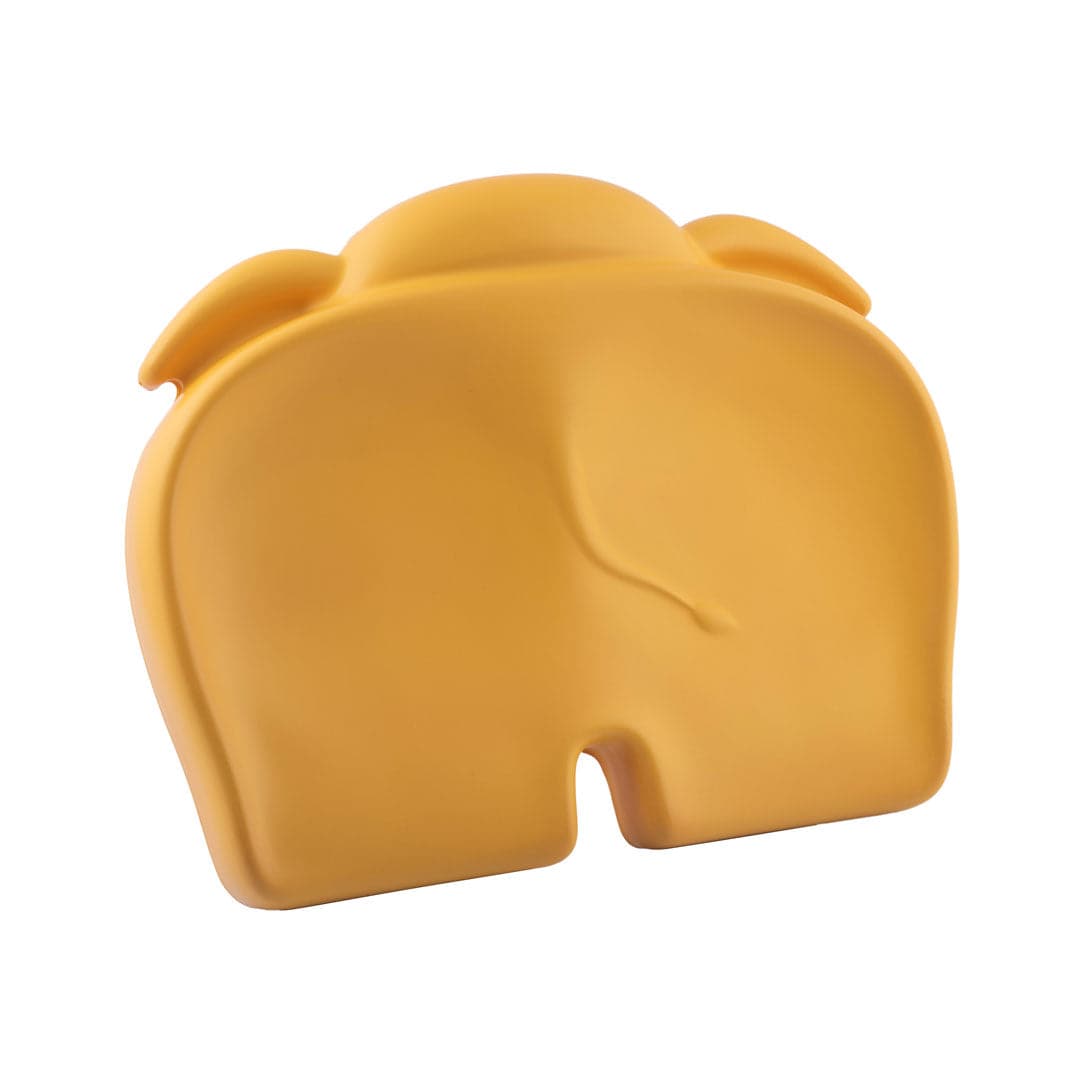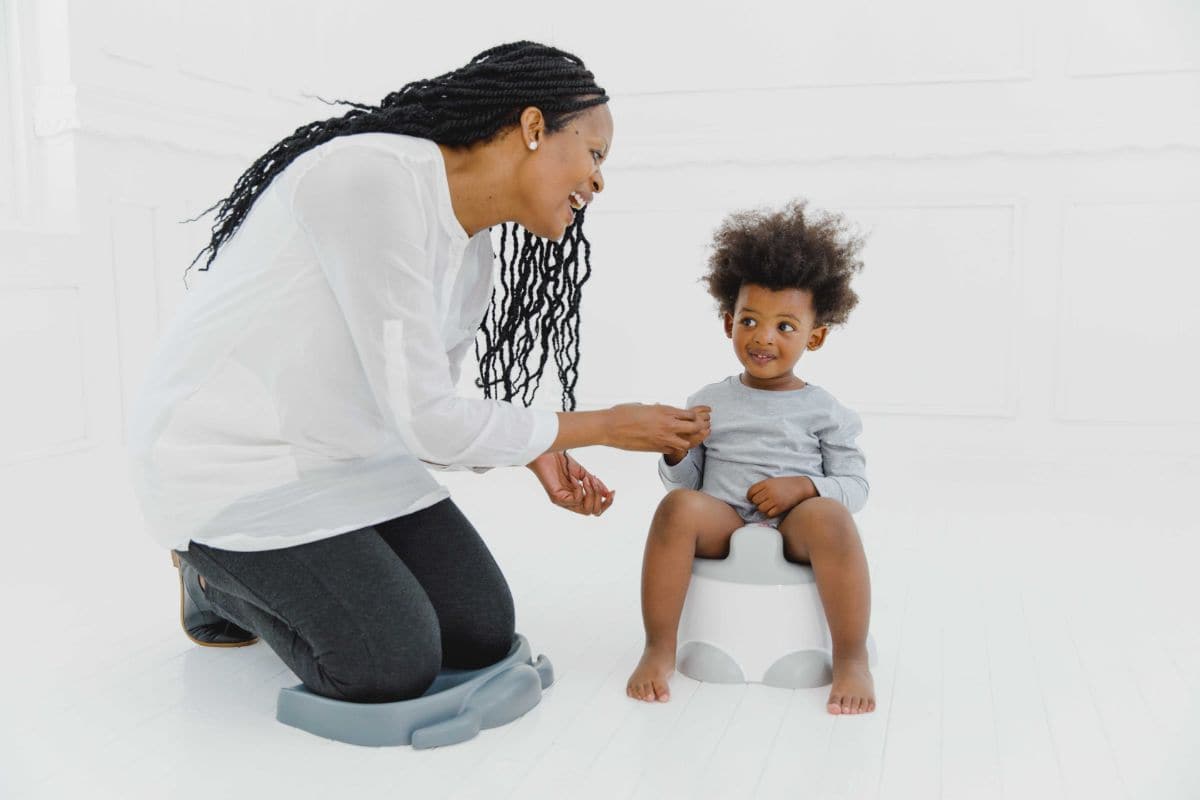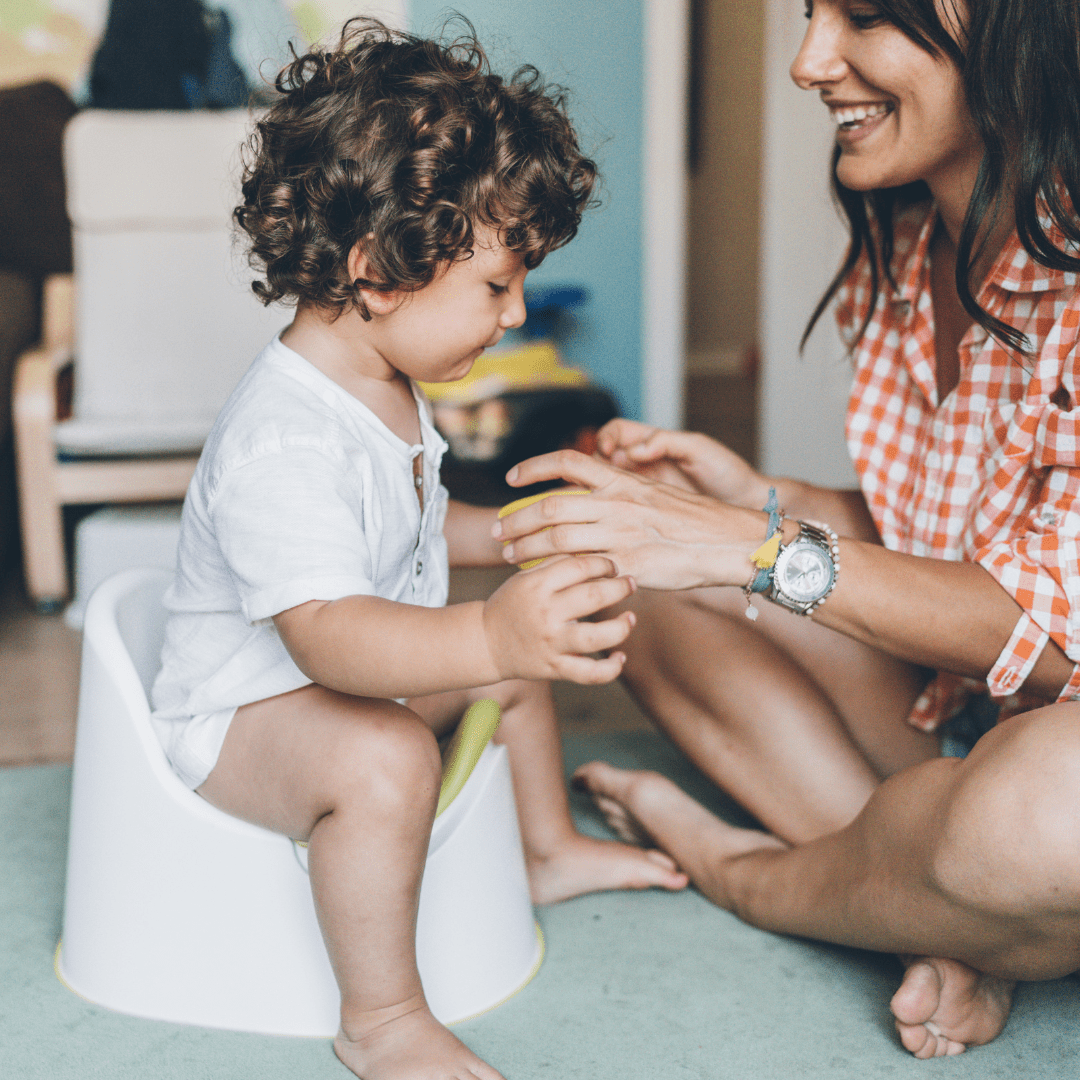Potty training is a major milestone—one that every child approaches differently. There’s no one-size-fits-all method, so we’ll break down the two most popular approaches to help you find what works best for your family.
1. The “3‑Day” Intensive Method
How it works:
You commit to three consecutive days at home where your child goes diaper‑free (often just in underwear or even bottomless). You stay close, prompt them frequently, and celebrate every success.

✅ Pros:
-Delivers quick progress—many kids start to connect bodily signals and potty use during this time.
-Reduces diaper use fast and encourages independence.
-Can strengthen bonding time through concentrated engagement.
❌ Cons:
-Super intense—no errands, outings, or distractions; for three days you’re locked in.
-Messy and exhausting for both parent and child.
-Might cause stress or anxiety for children who struggle with sudden change.
-Three days rarely finishes the job—many children still need weeks or months to fully train.
-Can bring mixed results: some kids hold stool, regress under stress, or become fearful.
Parent Voices:
“3 days is not enough to be fully potty trained but it definitely lays the foundation…”
“The 3‑day method is definitely a good starting point but it won’t be perfect.”
“It worked for us… But you must stick to it. … On the 3rd try, she got it the very first day.”
“Honestly, this was terrible for us… we just scrapped the whole thing altogether.”
2. The Gradual (Child‑Led / Parent‑Led) Method
How it works:
The gradual approach unfolds naturally over weeks or months. You follow your child’s cues, let them explore the potty at their own pace, or set gentle routines like bathroom breaks after meals.
✅ Pros:
-Lower stress—no all‑in time block or pressure.
-Fosters autonomy—your child leads, boosting engagement.
-Flexibility—ideal for busy schedules and families with preschools or multiple caregivers.
-Helps avoid meltdowns—less likely to spark battles over control.
❌ Cons:
-Slower timeline—could stretch into months.
-Potential confusion—without consistent expectations, some kids struggle.
-Preschool readiness—many preschools require full potty training.
🎯 Choosing What’s Right
| Consideration | 3‑Day Method | Gradual Method |
|---|---|---|
| Time & schedule | Requires 3 clear, focused days | Similar to regular routine |
| Child’s readiness | Works for children motivated and ready | Ideal for those easing into the process |
| Stress level | Can be overwhelming if child resists | More relaxed and flexible |
| Lifestyle compatibility | Demands constant supervision | Works well with preschool or errands |
| Success likelihood | Quick learning, yet may regress | Steady progress, fewer emotional peaks |
Real‑World Parent Wisdom
-If your child is enthusiastic, ready, and you can fully support them for a block of days, the 3‑Day method can speed things—but it's rarely the end of the journey.
-If your child resists or seems overwhelmed, switching to a gentle, gradual routine—like taking regular potty breaks—can reduce stress and lead to a complete transition over time.
-Many parents combine approaches: they do the 3‑Day “bootcamp” to introduce the concept, then step back into a slower pace.

💡 Tips for Any Method
-
Wait for readiness signs—language skills, physical control, interest in the potty.
-
Praise generously—celebrate even the small wins.
-
Stay calm with accidents—clean up without shame and move on.
-
Involve your child—let them choose underwear or potty chairs to build ownership.
-
Keep routines consistent—whether it’s every hour or as cues arise, consistency helps learning stick.
✅ Final Thoughts
There’s no right or wrong approach—just what suits your family. The 3‑Day method can provide a fast start if you can dive in fully and your child is on board. The gradual method offers a gentler, less stressful path that integrates seamlessly into everyday life.
Many families find success in adapting and blending elements: a short intensive push followed by a patient, child-led finish. Whatever you choose, your patience, encouragement, and consistency will guide your little one to success.
Happy potty‑training! 🎉
